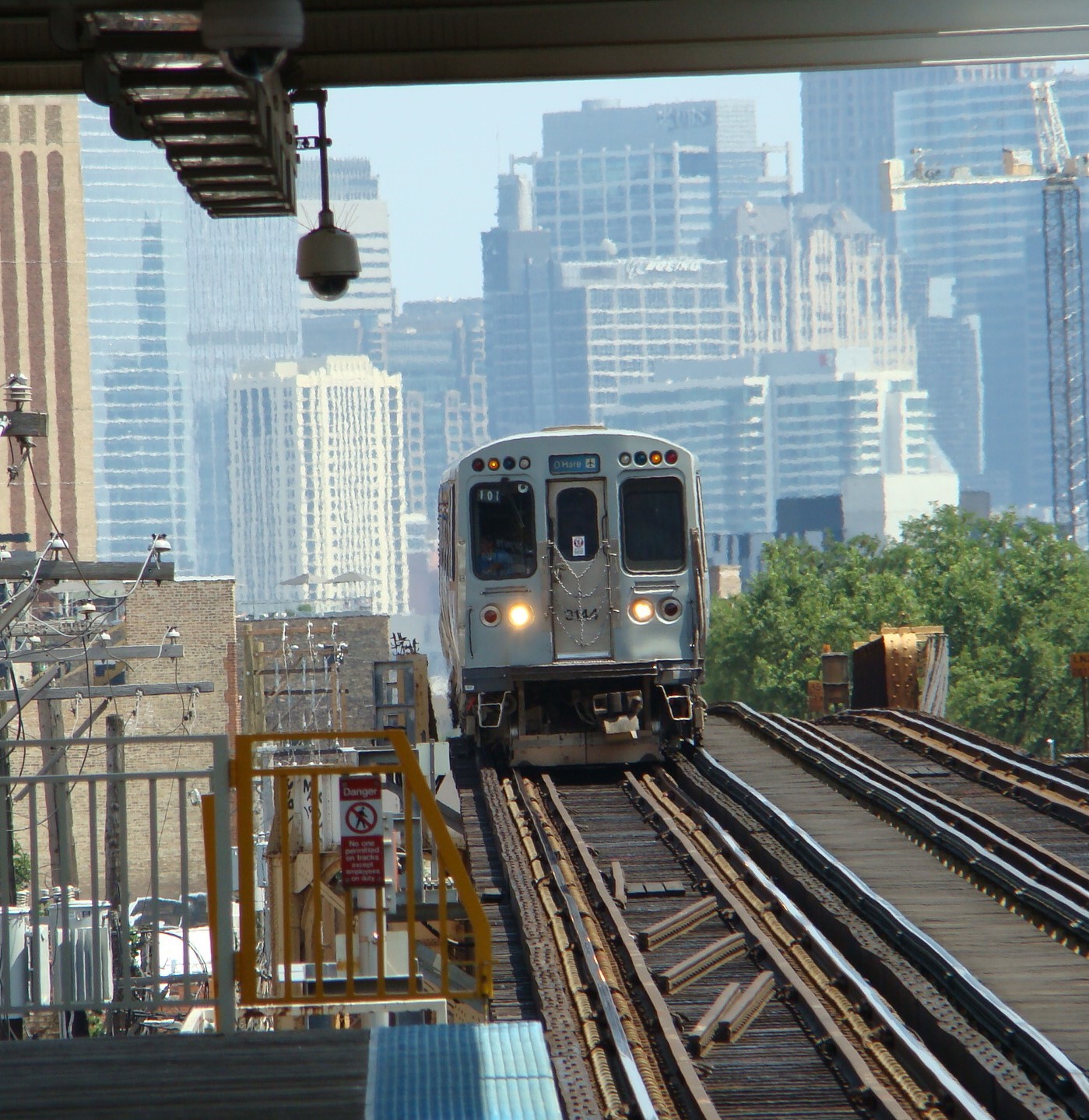Heading for a major city? A top priority in any such itinerary should be a visit to at least one neighborhood outside the downtown area.
Visiting a major city for a few days usually involves checking off a list of must-see tourist attractions. The lists vary, but the concept holds in dozens of the world’s largest cities.
Let’s consider Chicago as an illustration of this phenomenon. People who visit the Windy City will spend time in the Loop, walking Michigan Avenue, perusing Navy Pier, and maybe do some museum-hopping. All are fine pursuits.
But visitors who think Michigan Avenue depicts an authentic picture of Chicago are deceived. Many of the people encountered here are fellow tourists.
That’s why, even within a two- or three-day itinerary, it’s important to carve out a few hours for exploration of a neighborhood or two. This means leaving Manhattan to traverse the shady sidewalks of Brooklyn. It requires pushing past Bourbon Street to explore the Garden District. In Chicago, meander off Michigan to see a place like Wicker Park and Bucktown (WPB).
On a map, the neighborhood looks like a right triangle, bounded roughly by Western and Milwaukee avenues, and Division Street. The CTA Blue Line serves WPB (an abbreviation you’ll see frequently), with stops at Western, Damen, and Division. From WPB, it’s about 30 minutes on the blue line to O’Hare Airport, and 15 minutes to the Chicago Loop. CTA single-ride tickets are $3; an all-day pass is $10.
Although well-served through CTA, some elevated train tracks were decommissioned here years ago. Instead of a messy demolition, these tracks were converted to an elevated park called The 606 (the first three numbers in the area’s zip codes). Cyclists, joggers, and walkers share the nearly three-mile-long trail, which offers “exits” at key points on the east-west jaunt.
Like Michigan Avenue, these streets offer some interesting shopping opportunities, but the stores are often family-owned or start-up businesses in which the owner will be happy to chat.
And instead of the bland chain restaurant options, you’ll find small, inventive eateries such as Smoke Daddy (1804 W. Division St.), which offers live music, patio seating, and some fine barbecue treats such as the “Daddy-O,” a sandwich featuring tender smoked brisket and melted provolone ($11). If barbecue isn’t your thing, walk another few steps and take in the next option. Chances are good your individual favorites are represented in more than 40 restaurants and bars dotting the WPB map.
On Sundays during warm-weather months, WPB hosts a Farmers Market at 1425 N. Damen Ave. Late July is the time for Wicker Park Fest, which some term Chicago’s best summer street festival.
Myopic Books (1564 N. Milwaukee Ave.) is among Chicago’s best stores for used books. Among the 80,000 volumes is a wide selection of biographies, fiction, and children’s books.
This area is well-developed as an art center. You’ll find artists and galleries.
Care to stay here? There are few hotels in this residential area, but airbnb.com lists more than 200 properties for rent, at prices ranging from $30-$1,300/night.
All in all, there is plenty in these few blocks to fill an afternoon. Chicago has at least 77 neighborhoods (the counts depend upon the organization making the map). You won’t get to more than a few of them, but be sure to see something other than your downtown checklist.
The details here might not be valuable outside of plans to visit Chicago. View them as examples of what can be offered off the beaten tourist path. This is guidance that applies to any big city: don’t forget the neighborhoods.

